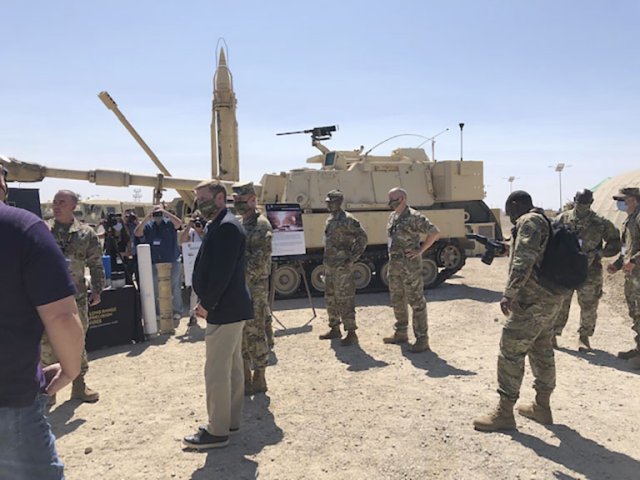
The US Army is on the hunt for alternative ways to increase its new Extended Range Cannon Artillery (ERCA) programme’s rate of fire and is looking to small businesses for help. What remains undetermined, though, is if the service will meet its initial 2024 timetable for rolling out that capability to the artillery community.
Brigadier General John Rafferty, the head of the Long-Range Precision Fires Cross-Functional Team, spoke with Janes on 1 October about ERCA development — an incremental upgrade to BAE Systems’ Paladin M109A7 self-propelled howitzer that includes a 58-calibre, 30 ft gun tube designed to fire munitions beyond 70 km.
“Our approach for ERCA has always been to [first] extend the range, then improve lethality, and then to increase the rate of fire,” Brig Gen Rafferty said.
The service’s phased approach calls for fielding 18 ERCA Increment 1 (Inc 1) weapons in 2023 as division-level assets before tackling the rate of fire challenge with ERCA Inc 2 in 2024. It was in this second iteration that the army wanted to reduce manpower and give troops the ability to fire at a rate of 6–10 rds/min.
To get there, the service was developing its own autoloader that could carry 31 rounds. However, the weight hindered platform mobility and there were also durability issues that forced the service to abandon this larger design.
“You might call it like the son of the 31 round or an updated prototype,” the one-star general explained, adding that a revamped version may only hold 23-24 munitions at a time and will have “fewer integration burdens”.

Looking to read the full article?
Gain unlimited access to Janes news and more...






